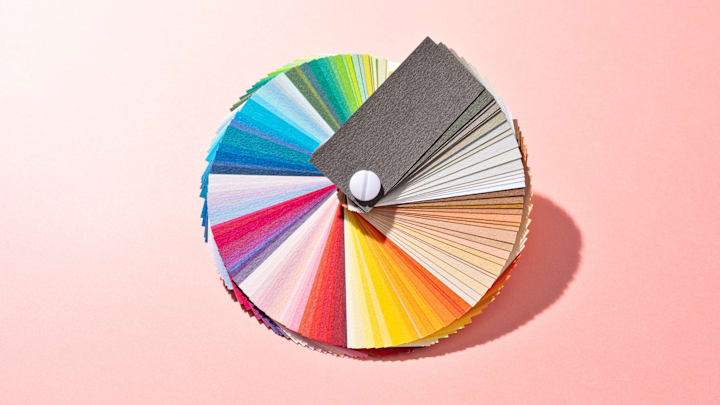Being able to perceive a wide spectrum of colors takes more than great eyesight. Your color perception depends on several factors, including your color vocabulary, your home country, and the languages you speak. That’s part of why two people can look at the same image of a dress and see completely different color schemes.
To test how your color perception stacks up against the rest of the population, take the free color test from Lenstore UK here. Once you click that link, you’ll be given a series of tasks, such as identifying the lightest shade of a certain color, matching two identical shades, and filling in a gradient color pattern with the missing hue. After answering 10 questions, the test tells you how many you got right.
Don’t be too upset if you didn’t do as well as you had hoped: Less than 1 percent of the 2000 people Lenstore surveyed scored a perfect 10 out of 10. The most common score was 6 out of 10, with 24.1 percent of respondents getting this result.
Lenstore also found that test results varied by demographic: Typically, women perceive colors better than men, and elderly people perceive them more poorly than younger adults (color perception peaks in both men and women in their early 30s). When breaking down the data by country, people from Cyprus came out on top, with an average test score of 6.6 out of 10. Additionally, speaking two or more languages boosted the test-taker’s chances of earning a higher score.
More Articles About Color:
The way we talk about color plays a big role in how we perceive it. There are five more base colors in the Japanese language than there are in English, including distinct words for yellow-green and light blue. And scholars have long been puzzled by Homer’s description of a “wine-dark” sea in The Odyssey—a possible indication that words to describe dark blue hadn’t been invented in that part of the world yet.
One way to potentially improve your color perception is by broadening your color vocabulary. Lenstore’s study found that people with a greater knowledge of color names scored higher on the test. You can find some color names you’ve likely never heard of here.
A version of this story originally ran in 2019; it has been updated for 2023.
